Link 1816
What is Cladosporium mold?
Species belonging to the Cladosporium genus are widely distributed fungi, commonly isolated from soil, food, paint, textiles, and other organic debris. Cladosporium spp. Some species are plant pathogens, causing leaf spots or secondary invaders of leaf lesions caused by plant pathogenic fungi. Cladosporium spp. can live as plant endophytes (inhabiting plant parts without causing infections) or infect other fungi (hyperparasitism). They can cause human mycoses of lungs, eyes, skin, and nails, but rarely and predominantly in immunocompromised individuals [1,2].
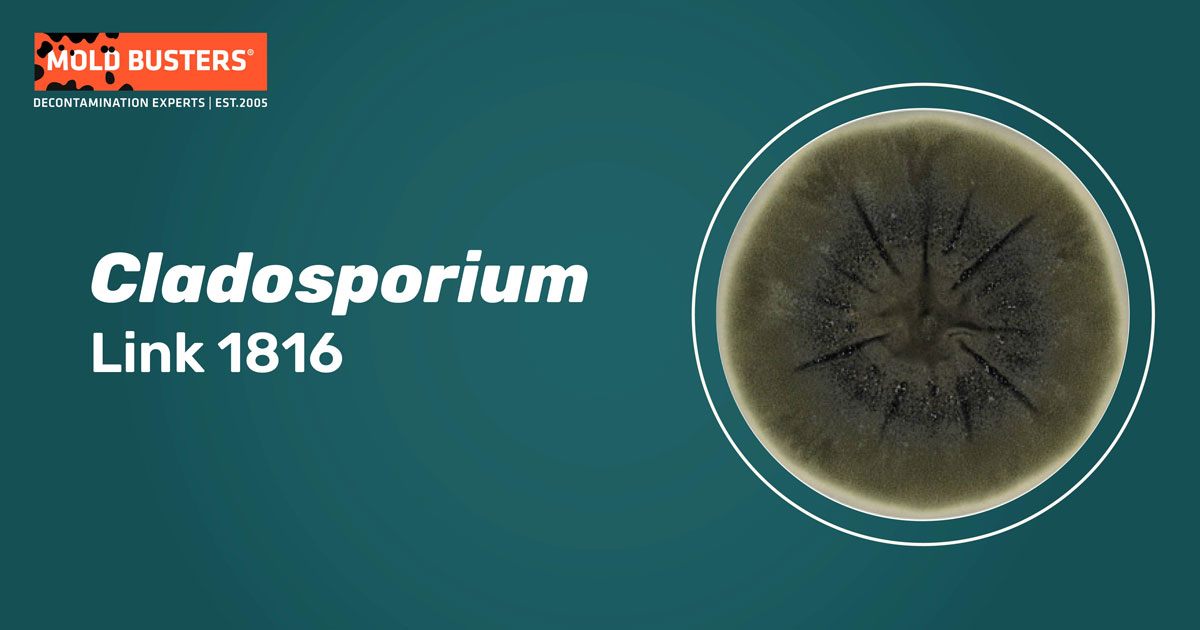
Cladosporium ecology
Most Cladosporium species grow optimally within a temperature range of 18–28°C (64–82°F). However, some species (including the common C. herbarum and C. cladosporioides) can endure temperatures below freezing and have the ability to reproduce on frozen meat [3]. Some Cladosporium species are among the most frequent air contaminants. Studies of air pollutants found Cladosporium spores in most homes tested in Canada [4], and a similar study in the USA found Cladosporium spores in 70% of the households they examined (Fig. 1) [5].
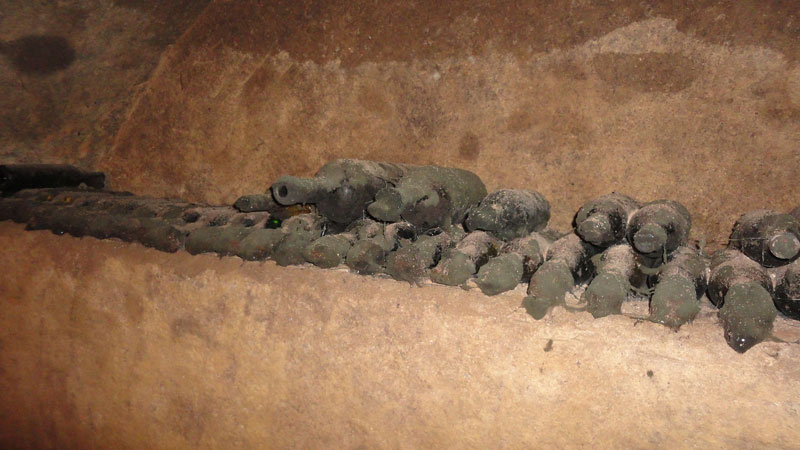
Cladosporium morphology
Cladosporium species belong to an artificial group of organisms called dematiaceous fungi, characterized by darkly pigmented hyphae. Cladosporium spp. colonies vary in appearance, but generally, they are 15–40 mm in diameter, low growth, velvety, and dark green (Fig. 2). Their conidiophores (structures that bear asexual spores) are typically olive-colored, nearly erect, and branched. Conidia are globose to ellipsoid, olive, and often with rough surfaces.
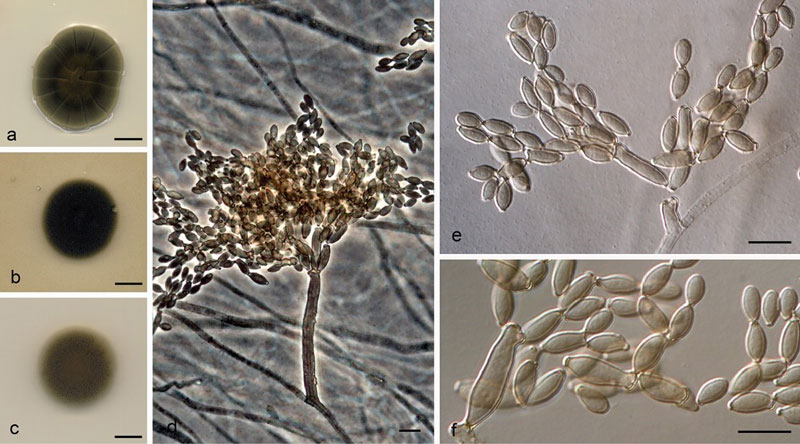
Where can be Cladosporium mold found?
Cladosporium spp. they are quite common in indoor and outdoor spaces, in both residential and commercial environments. In most cases, they develop in areas that are deprived of regular sunlight and air ventilation. Places that are dark, damp, and moist are ideal places for the growth of these molds. They grow well in areas with water leaks or damage, humid surfaces, and in heating or cooling ducts. Furthermore, as plant endophytes, saprophytes, and pathogens, they can be commonly isolated from soil, plant debris, and surfaces of indoor and outdoor plants (Fig. 3) [8].
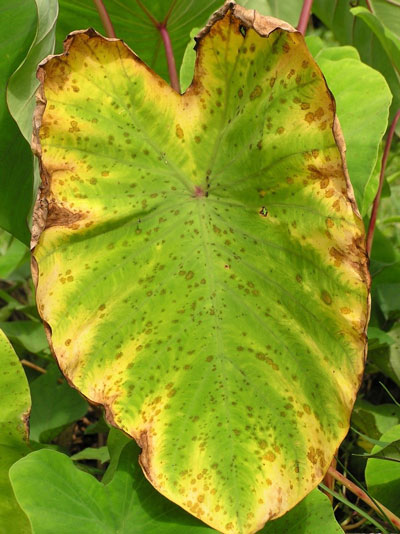
Cladosporium mold statistics
As part of the data analysis presented inside our mold statistics resource page, we have calculated how often mold spore types appear in different parts of the indoor environment when mold levels are elevated. Below are the stats for Cladosporium:
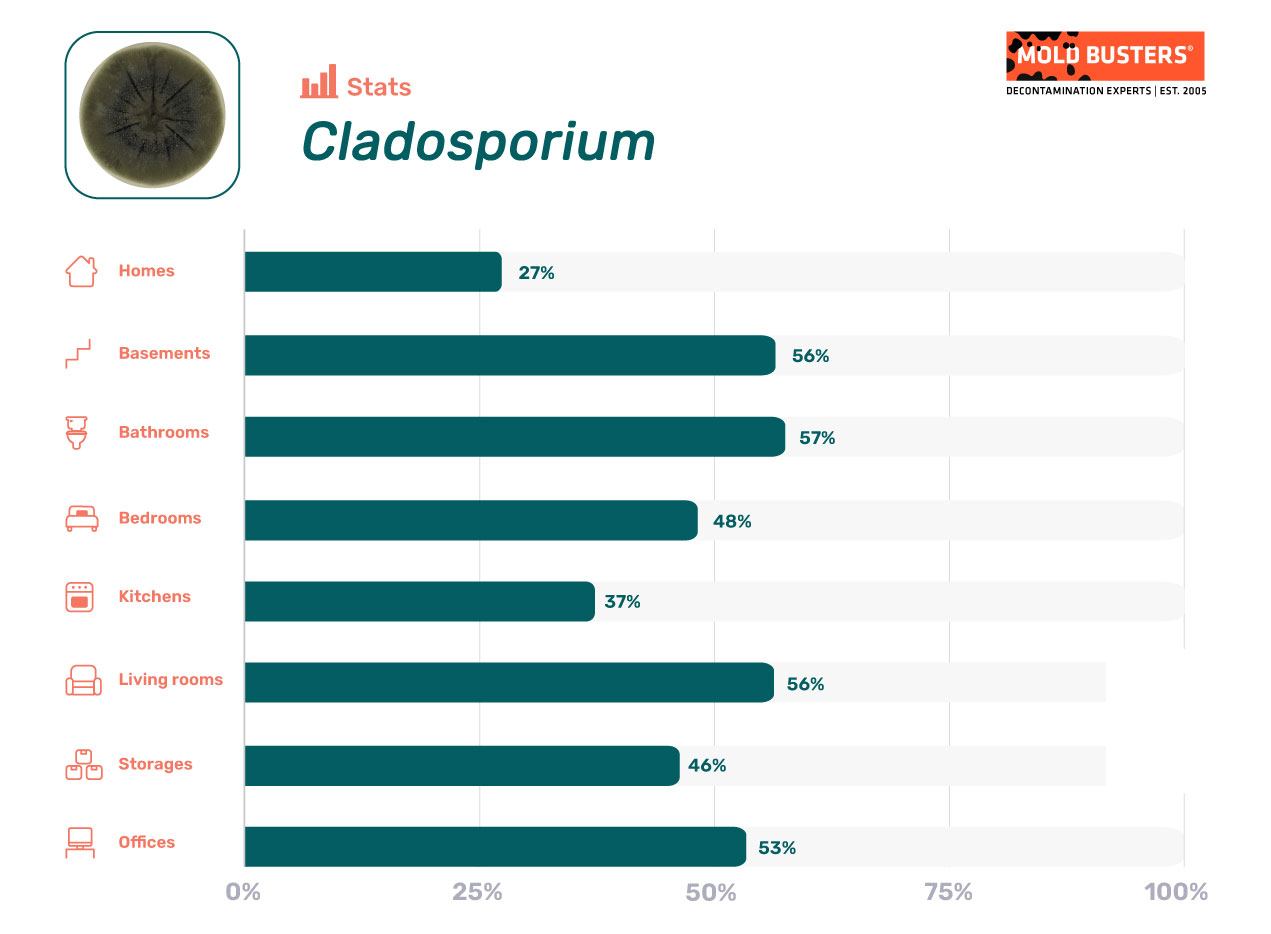

Is Cladosporium mold dangerous and toxic?
Similar to many other species of mold, members of the Cladosporium genus can cause allergic reactions and mycoses (fungal infections), predominantly in immunocompromised individuals. The reactions and symptoms of exposure to this fungus might not be the same for everyone as it depends on their sensitivity. They may range from irritations to more serious respiratory and immunological problems. Infants are especially sensitive to Cladosporium allergens. A skin test study observed an allergic reaction of the skin in 42% of children under the age of four [6]. Furthermore, Cladosporium spp. has been known to cause various types of phaeohyphomycosis, which are fungal infections caused by dark-pigmented fungi [2].
What symptoms are caused by Cladosporium mold?
Many symptoms can develop in response to prolonged Cladosporium mold exposure. In most cases, the reactions are minor, but the allergies and infections can be critical in rare cases, requiring immediate medical supervision. Symptoms can vary depending on the severity and may include:
- Roughness of skin
- Stuffy and running nose
- Sneezing
- Coughing
- Postnasal drip
- Nose, eyes, and throat itch
- Asthma
- Fungal sinusitis
- Wheezing
- Respiratory issues
- Chest uneasiness and pain
- Sinus headache
- Pulmonary infections
What are the health effects caused by Cladosporium mold?
Phaeohyphomycoses, caused by Cladosporium spp. include subcutaneous infections, infections of fingernails and toenails (onychomycosis), and infections of the eye (keratomycosis). In serious cases, Cladosporium spores can germinate in the lungs and develop into fungal balls [2]. However, the most frequent adverse health effects caused by these molds are in the allergy specter. So much so that C. herbarum is one of the most studied molds in allergy research, following Aspergillus fumigatus and Alternaria alternata [8].
What is Cladosporium allergy?
C. herbarum, the most significant allergenic species, has been shown to contain two major allergens: Cla h 1 and Cla h 2. As Cladosporium fungi are prolific spore producers, airborne spores can reach terminal bronchi, alveoli, and sinus cavities if inhaled regularly. Being exposed to mold for a prolonged period and inhaling its spores can cause serious allergic reactions, including allergic fungal sinusitis [7].
Allergies of these types usually have the following symptoms:
• Nasal blockage over a long time
• Postnasal liquids
• Recurring headaches
References
- Bensch K, Braun U, Groenewald JZ, Crous PW (2012). The genus Cladosporium. Stud Mycol. 72(1):1-401.
- Howard DH (2003). Pathogenic Fungi in Humans and Animals. Marcel Dekker, New York. pp 579-580.
- Piecková E, Jesenská Z (1999). Microscopic fungi in dwellings and their health implications in humans. Ann Agric Environ Med. 6: 1–11.
- Fradkin A, Tobin RS, Tarlo SM, Tucic-Porretta M, Malloch D (1987). Species identification of airborne molds and its significance for the detection of indoor pollution. APCA J. 37: 51-53.
- Lumpkins ED, Corbit SL, Tiedeman GM (1973). Airborne fungi survey. I. Culture-plate survey of the home environment. Ann Allergy. 31: 361-370.
- Kauffman HF, Tomee JFC, van der Werf TS, de Monchy JGR, Koeter GK (1995). Review of fungus-induced asthmatic reaction. Am J Respir Crit Care Med. 151: 2109-2116.
- Swärd-Nordmo M, Smestad Paulsen B, Wold JK (1989). Immunological studies of the glycoprotein allergen Ag-54 (Cla h II) in Cladosporium herbarum with special attention to the carbohydrate and protein moieties. Int Arch Allergy Appl Immunol. 90(2):155-61.
- m2 Cladosporium herbarum | Allergy & Autoimmune Disease
thermofisher.com

Get Special Gift: Industry-Standard Mold Removal Guidelines
Download the industry-standard guidelines that Mold Busters use in their own mold removal services, including news, tips and special offers:

Written by:
John Ward
Account Executive
Mold Busters
Edited by:
Dusan Sadikovic
Mycologist – MSc, PhD
Mold Busters
